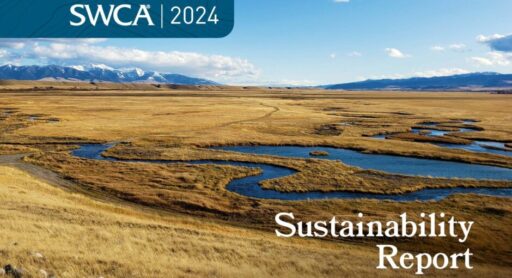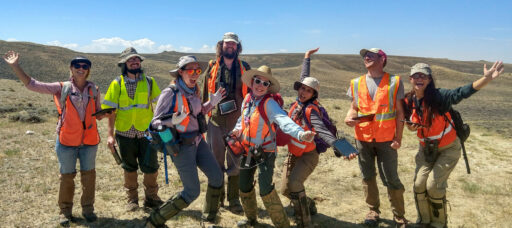2025
Comparably’s Best Company Outlook
* Providing engineering services in these locations through SWCA Environmental Consulting & Engineering, Inc., an affiliate of SWCA.

From the experts we hire, to the clients we partner with, our greatest opportunity for success lies in our ability to bring the best team together for every project.
That’s why:

At SWCA, sustainability means balancing humanity’s social, economic, and environmental needs to provide a healthy planet for future generations.

SWCA employs smart, talented, problem-solvers dedicated to our purpose of preserving natural and cultural resources for tomorrow while enabling projects that benefit people today.

At SWCA, you’re not just an employee. You’re an owner. Everyone you work with has a stake in your success, so your hard work pays off – for the clients, for the company, and for your retirement goals.
EPA and USACE Announce Intent to Revise Definition of WOTUS
On June 9, 2021, the U.S. Environmental Protection Agency (EPA) and U.S. Army Corps of Engineers (USACE) announced their intent to undertake a rulemaking to revise the definition of waters of the U.S. (WOTUS).
The agencies assert that the current definition, as provided in the Navigable Waters Protection Rule (NWPR), is too narrow and is resulting in the unregulated destruction of waterbodies and has reduced clean water protections. Concurrently, the U.S. Department of Justice is requesting the courts to set aside challenges to the current WOTUS definition while it works through a new rulemaking process.
SWCA recently recorded a webinar addressing project risks and considerations relative to this update, which you can view below or by visiting this link.
A possible short- and long term outcome of this development is a reversion to the 2008 Post-Rapanos Guidance. Under this scenario, expected changes to jurisdiction, relative to the NWPR, may include:
There are a number of scenarios that present risk and/or uncertainty to planned projects relative to a change in the WOTUS definition. A few examples of the numerous scenarios include:
SWCA will continue to monitor this development and provide updates when new information is available. Until otherwise indicated, SWCA expects that EPA and USACE will continue to recognize issued Approved Jurisdictional Determinations until the date of their expiration.
Please reach out to your normal SWCA contact(s) for more information or to request a telephone call to discuss how these developments may affect your project.